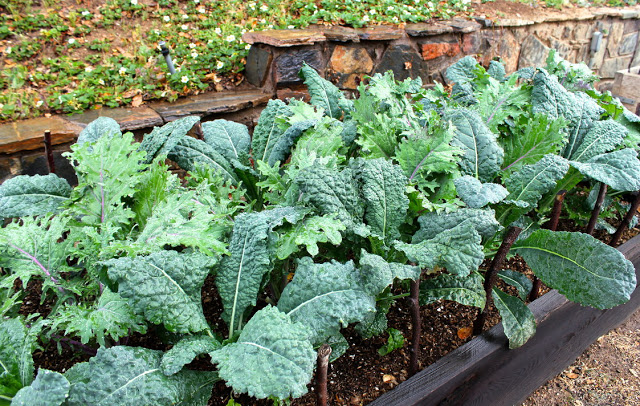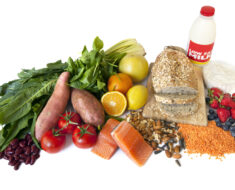
What is Kale?
Many of you will have heard of Kale – the superfood of superfoods! Today, it is well known that this cabbage-like plant contains numerous nutritional qualities that promote good health. You can find kale in just about any grocery store around the globe.
Nutritional Benefits

Kale is rich in calcium, vitamin K, folic acid, magnesium, and beta carotene. Kale is a source of two carotenoids, lutein and zeaxanthin. Kale, as with broccoli and other brassicas, contains sulforaphane (particularly when chopped or minced), a chemical with potent anti-cancer properties. Boiling decreases the level of sulforaphane; however, steaming, microwaving, or stir frying do not result in significant loss.
Along with other brassica vegetables, kale is also a source of indole-3-carbinol, a chemical which boosts DNA repair in cells and appears to block the growth of cancer cells.
Kale has been found to contain a group of resins known as bile acid sequestrants, which have been shown to lower cholesterol and decrease absorption of dietary fat. Steaming significantly increases these bile acid binding properties.
Cooking
These vegetables are extremely hardy, suited to gardening in almost any part of the world. It is one of the few greens that takes well to frost, actually tasting sweeter after it has been frost kissed. Kale tends to be a bit bitter, although this bitterness is tempered by washing, cooking, and using younger leaves. It lends itself to a wide variety of recipes and is delicious sauteed, steamed, grilled, fried, plain or ornamented with olive oil, salt, lemon, or butter.
It can be used as a stand in for other leafy greens, such as spinach in quiche, or added to stir fries and soups. Kale is frequently used in salads where romaine and iceberg lettuce once reigned. Many people have also begun incorporating kale into green smoothies; blended with fruits, nuts, and veggies to create a delicious and nutritious treat.

Types
There are many varieties of kale to choose from. Depending on where you live, you will find several in your local produce section. Some of the most common types are:
- Curly Kale – One of the most common types of kale found in domestic grocery stores, Curly kale is sweet and mild.
- Lacinato Kale (Dino Kale) – This kale is the second most likely to be found in grocery stores, Lacinato (aka Dinosaur kale) has tall narrow leaves and a wrinkled texture; this variety will also continue to grow over the winter very well.
- Premier Kale – Premier kale is a newer variety prized for its early maturity and cold hardiness.
- Redbor Kale – A beautiful dark red kale, Rebor walks the line between a food crop and an ornamental plant.
- Siberian Kale – One of the most cold hardy varieties available, Siberian kale has enormous leaves and can take quite a beating from cold or pests.
- Walking Stick Kale – A particularly unusual variety, Walking Stick kale can grow up to six feet tall if well fertilized and cared for. The stems can be dried, laminated and used as walking sticks.
- Red Russian Kale – Similar to Siberian kale in its hardiness, Red Russian boasts beautiful red leaf stalks and tender twisting intricate leaves.
- Kamome Red Kale – One of the many types of “flowering” kale, Kamome is an ornamental kale prized for its appearance. Although edible, these flowering greens are often more bitter tasting than other varieties.
What is your favorite variety of kale? And, how do you prepare it?






